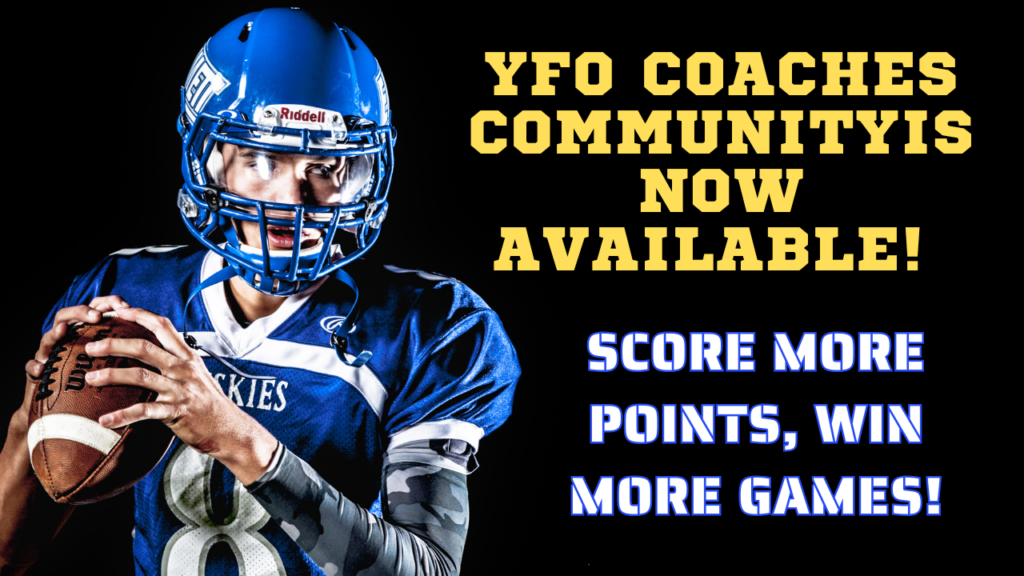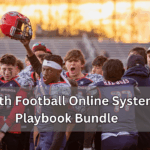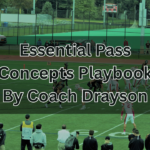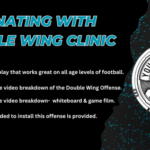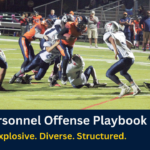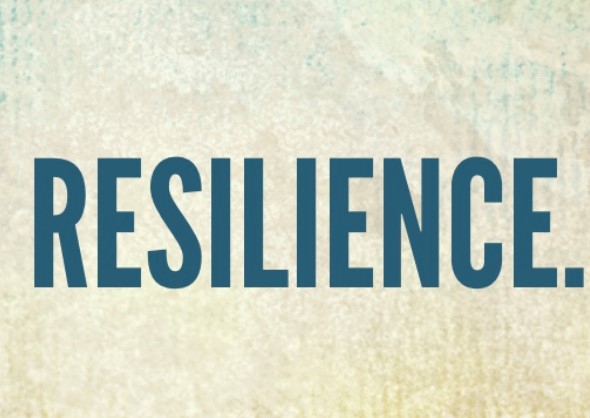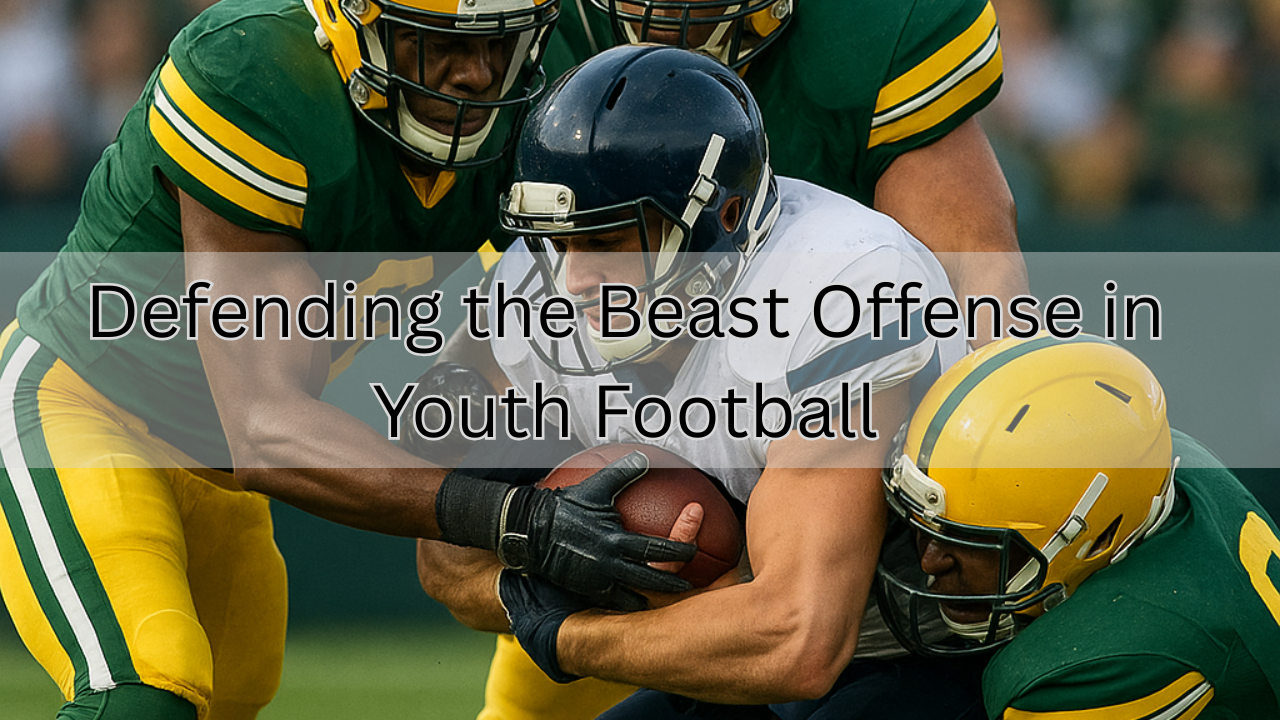Reading the Guards Hip for Defensive Tackles
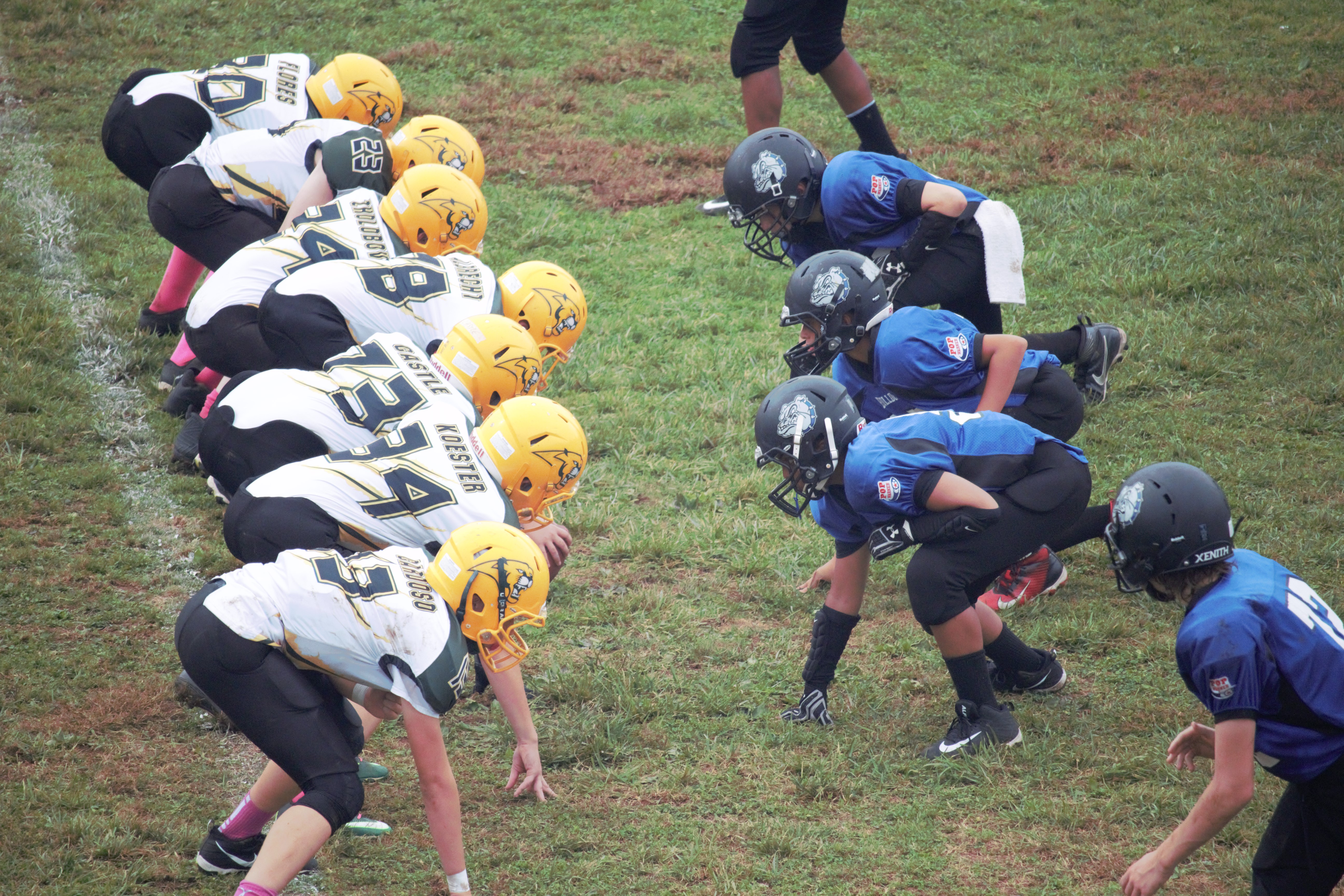
Defensive linemen, especially tackles, start every play in the worst position on the field. They do not know when the ball will be snapped, they can be hit by multiple different players in a variety of ways, and they have to make a play on the ball right away. This means that their only real chance at being successful is to limit their assignment and do the assignment as quick as possible. This is why we teach defensive linemen to read the hip of the offensive lineman on the inside of their gap.
Reading the Guards Hip for Defensive Tackles
When coaching the defensive line coaches can give a player too much information. At the end of the day the assignment for these players must be clear so they can use their athletic abilities to battle out of the negative position that they start every play in. By reading the hip there are only four possible scenarios that can occur, the hip can come to them, the hip goes inside, the hip goes back or the hip tries to get around them. If the defender has an immediate reaction drilled into him for each scenario he can react faster and gain the advantage.
When the defender sees that the lineman’s hip is coming to him he knows that the run is more than likely coming to him. In this situation he needs to fight force with force and not get moved. There are a variety of specific techniques that coaches teach to combat force but the base rule is to get extension, locate the ball, and get off to make the tackle or pursue. The defender increases his chances of getting extension if he is able to get his hands on the blocker quicker by reading the action of the hip.
The other most popular action is if the hip goes inside. In this case the lineman is blocking down into the gap inside of me. This means one of two things is going to happen. There will either be a lineman outside of me blocking down or I will be left alone for a trap or read. When I see the hip go away my immediate reaction must be to brace for a down block. Obviously this can vary from week to week but the worst case scenario is that the lineman I am reading blocks down and I get washed down to create a wall for the runner.
I group being trapped and read together because they both depend on the coaching point for the unit. Some teams will always have their linemen take away the dive and wrong arm any trap block. In this case when the lineman goes away the defender must stay tight into his hip and look for the the next phase. If the team believes that defenders should condense any trap block and force the QB to give the defender will still step down in an athletic position but be ready to deal with the QB or trap block.
If the hip goes back one of two things will occur but both have the same reaction for the defender. If the hip goes back the lineman is either pulling or pass protecting. In either case we are going to attack that near hip. Again this can vary from team to team, but we tell our linemen to attack the hip either with a pass rush or by getting on the inside hip of the puller because he will take you to the ball carrier.
The final thing that can occur is if the hip tries to get around me. If the hip is trying to get around me there is an outside run play coming and the blocker is trying to keep me to the inside. In these scenarios the defender must again fight force with force and maintain his leverage on the blocker to make a play on the runner.
By narrowing down the possible events it makes teaching and drilling the defensive linemen easier. The defensive linemen know the possible scenarios that they will reacting to on every play. This lets them play fast and use their athletic abilities to beat the blockers.
(See Also) 10 Fundamentals of Defensive Line Play

